Turndown ratio is a flow measurement term that indicates the range of a specific flow meter that is able to be measured with acceptable accuracy.
The turndown ratio refers to the width of the operational range of a device and is defined as the ratio of the maximum capacity to minimum capacity.
For example, a device with a maximum output of 10 units and a minimum output of 2 units has a turndown ratio of 5. The term is commonly used with measurement devices and combustion plants like boilers and gasifiers.
Why Turndown Ratio is important?
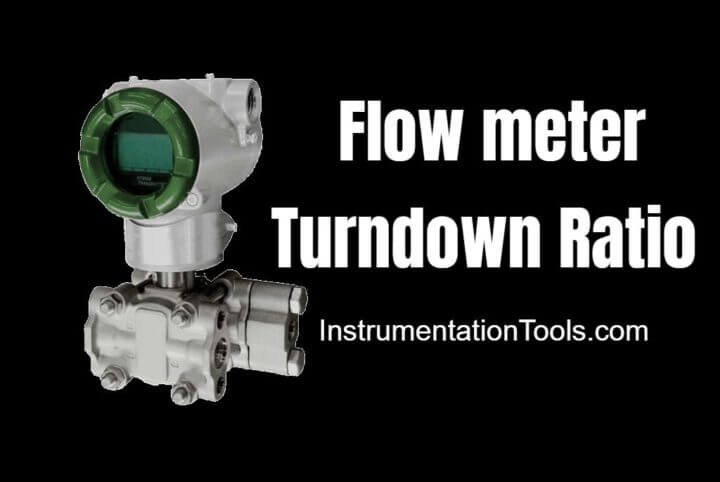
In flow measurement, the turndown ratio indicates the range of flow that a flow meter is able to measure with acceptable accuracy. It is also known as rangeability. It is important when choosing a flow meter technology for a specific application.
If a gas flow to be measured is expected to vary between 100,000 m³ per day and 1,000,000 m³ per day, the specific application has a turndown ratio of at least 10:1. Therefore the meter requires a turndown ratio of at least 10:1.
For example: if the meter had an advertised maximum flow of 2,000,000 m³ per day then the required turndown ratio would be 20:1.The turndown ratio of each type of meter is limited by theoretical considerations and by practical considerations.
For example, orifice meters create a pressure drop in the measured fluid proportional to the square of the velocity. Therefore the range of differential pressure can become too large and compromise accuracy. It can also create process problems such as hydrate formation, and in the case of measuring the discharge of a compressor, there is a limit to how much pressure loss is acceptable.
Turndown ratio can be expressed as
TR = Q (max) / Q (min)
Where
TR = Turndown Ratio
Q (max) = Maximum Flow
Q (min) = Minimum Flow
Example #1
If a gas to be measured varies between 100000m3/day and 1000000m3/day.
This specific application has a TR = 10:1.
The flow meter required should have a TR of at least 10:1
If the flow meter had a maximum flow of 2000000 m3/day then the required turndown ratio (TR) would be 20:1
Example #2
Consider a 12’’ ruler graduated to a quarter of an inch. Since the smallest distance that could be measured is ¼’’
The turndown ratio is 12’’/ 0.25’’ = 48 i.e, (48:1)
If the same ruler all the graduated lines below 2’’ are smudged, then in this case the turndown ratio would now be 12’’ / 2’’ = 6 (6:1)
Note;
- Turndown Ratio is one of a number of considerations when choosing or sourcing for a flow meter for your application
- TR of a flow meter is mostly affected by the devices signal-to-noise ratio (S/N Ratio) which results from the fluid dynamics of the technology and the type of sensor employed.
Typical turndown ratio of various meter types
The examples are here for gas flow, but the same meter types can be used on liquids as well, with similar turndown ratios. Note that meter manufacturers state their products’ turndown ratios—a specific product may have a turndown ratio that varies from the list below.
A Thermal Mass Flow Meter has a turndown ratio of 1000:1.
An orifice plate meter has a practical turndown ratio of 3:1.
A Turbine Meter has a turndown ratio of 10:1.
Rotary positive displacement meters have a turndown ratio of between 10:1 and 80:1, depending on the manufacturer and the application. Diaphragm meters are considered to have a turndown ratio of 80:1.
Multipath ultrasonic meters often have a stated turndown ratio of 50:1.
If you liked this article, then please subscribe to our YouTube Channel for Instrumentation, Electrical, PLC, and SCADA video tutorials.
You can also follow us on Facebook and Twitter to receive daily updates.
Read Next:
- Scaling Sensor into PLC
- Turbine Flow Meter
- Multimeter & Megger
- Flow meter Scaling
- Flow Meter Calibration
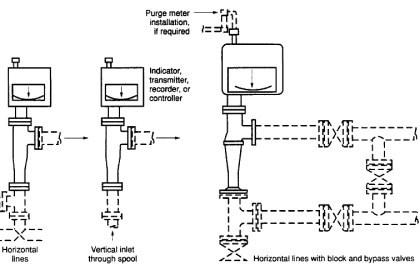

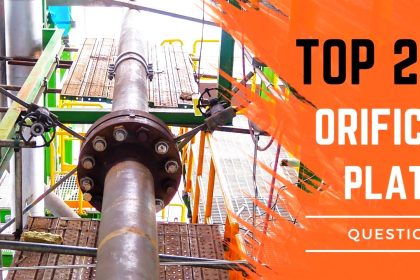
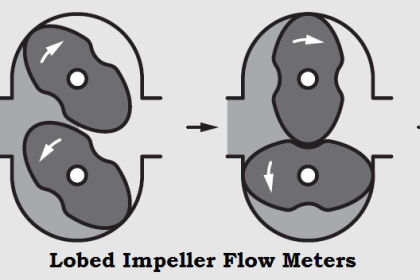
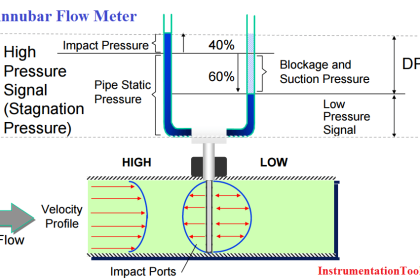
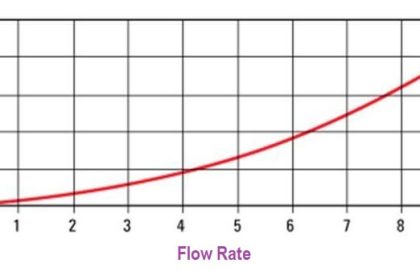

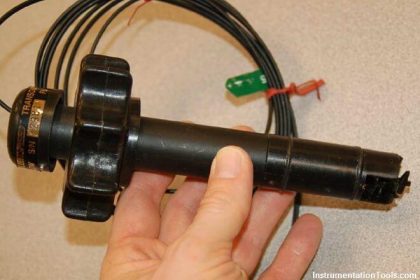

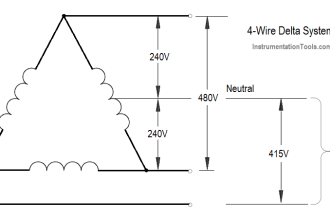
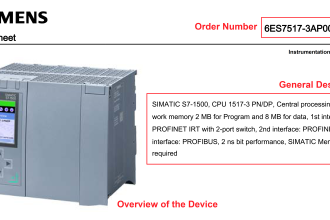
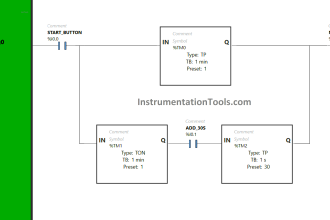

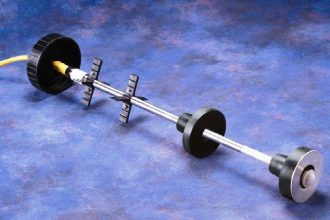

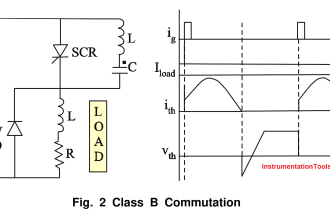

Thanks!
It’s always imp to check the turndown ratio of flow meters!
Still, I am confused in 10:1, means what is 10 indicates & 1 like 10 means 10m3 variation in a day or anything else